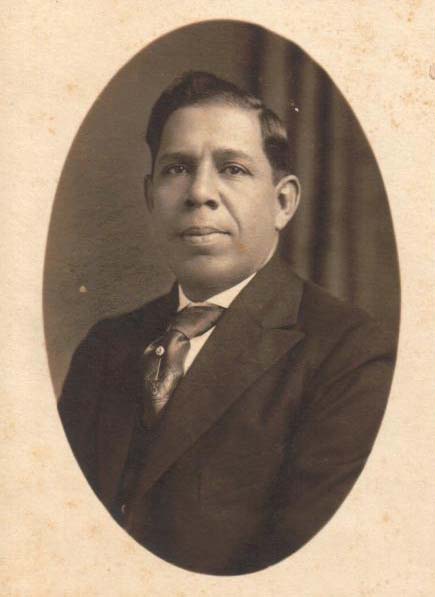4.1.1.2 The literary work of Regino E. Boti (1878 – 1958)

Regino E. Boti, along with Agustín Acosta and José Manuel Poveda, was part of the triad of bards who, through their creations and theorizations, dedicated themselves to freeing Cuban lyric poetry from the stagnation of the early 20th century, determined both by the reiteration and progressive semantic emptying of romantic molds and by broader social causes associated with the frustration of the desire for independence represented by the political system established in 1902, which determined the subordinate condition of the island with respect to the United States in almost all respects.
The writer had lived in Barcelona between 1895 and 1898, at a time when Cuba was waging one of its most momentous liberation struggles, so perhaps the disenchantment did not affect him with the same force, and he revealed himself early on as a poet committed to finding his own voice, while simultaneously elevating the national concert of which he felt a part to a higher aesthetic level.
Although his first poetic text was “Mental Arabesques” (1913), he had previously published several prose texts that served as historical explorations and even as a vindication of national identity, praising the Guantánamo region. Worthy of mention are “Rumbo a Jauco” (On the Way to Jauco) and “Prosas Emotionas” (Emotional Prose), both from 1910; “Notas Biográficas del General Guillermo Moncada” (Biographical Notes of General Guillermo Moncada), from 1911; and “Brief Notes on the Origins and Founding of this City (Guantánamo).”
In addition to the aforementioned collection of poems, which merits a special approach, along with “The Sea and the Mountain” (1921), considered the highest peak reached by the author in terms of aesthetic achievement, he published “The Tower of Silence” in 1926; through these, we can see how Boti sharpened his poetic sense of the world and refined his verse style of rhetoric, without losing an authentic eclecticism, based on the plurality of intellectual and emotional states of the lyrical subject.
He contributed to numerous publications of the time, generally with texts that attempted to awaken Cuba’s youthful Parnassus; although he became increasingly skeptical. These publications include El Resumen, of which he was editor, Oriente, El Pensil, Oriente literario, Renacimiento, El Cubano Libre, Orto, Luz, El Estudiante, Cuba y América, El Tiempo, Cuba contemporánea, Revista de Avance, Letras, El Fígaro, Bohemia, La Ilustración, Universal, Diario de la Marina, Revista Bimestre Cubana, and El Mundo. He was also a member of the Cuban Academy of History and the Cuban Academy of Language.








